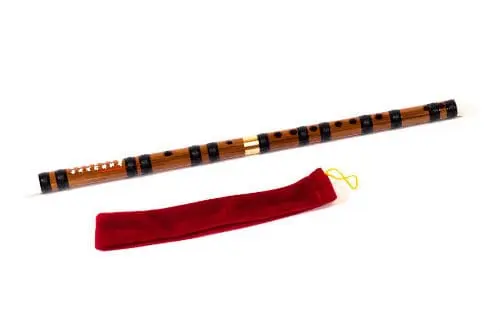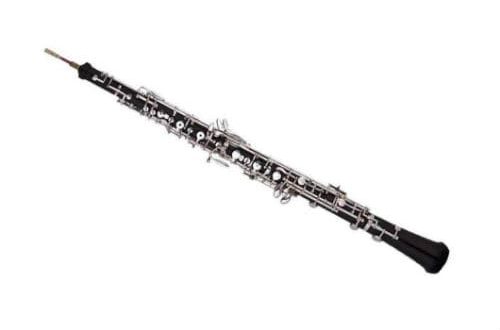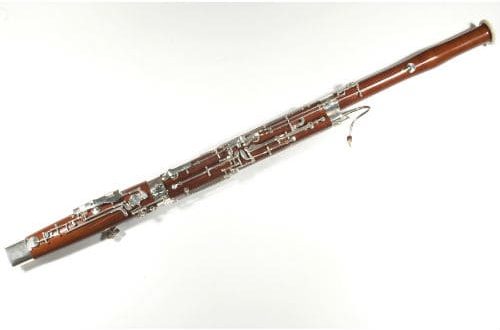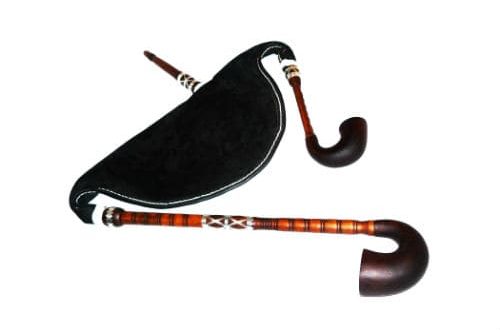
Xiao: description of the instrument, composition, history, types, sound, use
South of the Yangtze River in Sichuan and Guangdong provinces, one can often hear the lingering, gentle, nostalgic sound of a traditional Chinese wind instrument called “xiao” or “dongxiao”. In ancient times, it was played by hermits and sages, and today the Chinese flute is used both in solo and in ensemble sound.
What is xiao
Outwardly, the dongxiao resembles a longitudinal bamboo flute. The instrument is made mainly of bamboo, there are ancient specimens of porcelain or jade. The length of the bamboo tube is from 50 to 75 centimeters. There are also longer ones, the body of which is more than half a meter.
A hole is made in the upper part – the labium, into which the musician blows air. The length of the air column is adjusted by pinching the holes with your finger. Ancient xiao had only 4 holes, while modern ones have 5. One more was added on the back, which is clamped with the thumb.

History of the tool
Xiao appeared in ancient China. His predecessor is paixiao. The design of the ancestor is more complicated, represented by several connecting tubes. Dongxiao is single-barreled. Scientists have proven that the Chinese flute appeared during the reign of the Han Dynasty, and the first xiao were used as early as the XNUMXrd century BC. The representatives of the Qiang people were the first to master the art of playing, later the instrument became popular and spread to other provinces of the Celestial Empire.
Types
The variety of varieties of this musical instrument depends on the characteristics of the raw materials that are available for its manufacture in different provinces. In Fujian, they play flutes made of thick tapered bamboo. Jiangnan uses black bamboo. They also differ in the shape of the labium. The hole can be a flat U-shaped hole or an angled V-shaped hole.
The sound of the Chinese bamboo flute is soft, mesmerizing, soulful. It is great for meditation. It is believed that concentration and the ability to properly distribute air flows contribute to the correct distribution of “chi” energy in the body.





